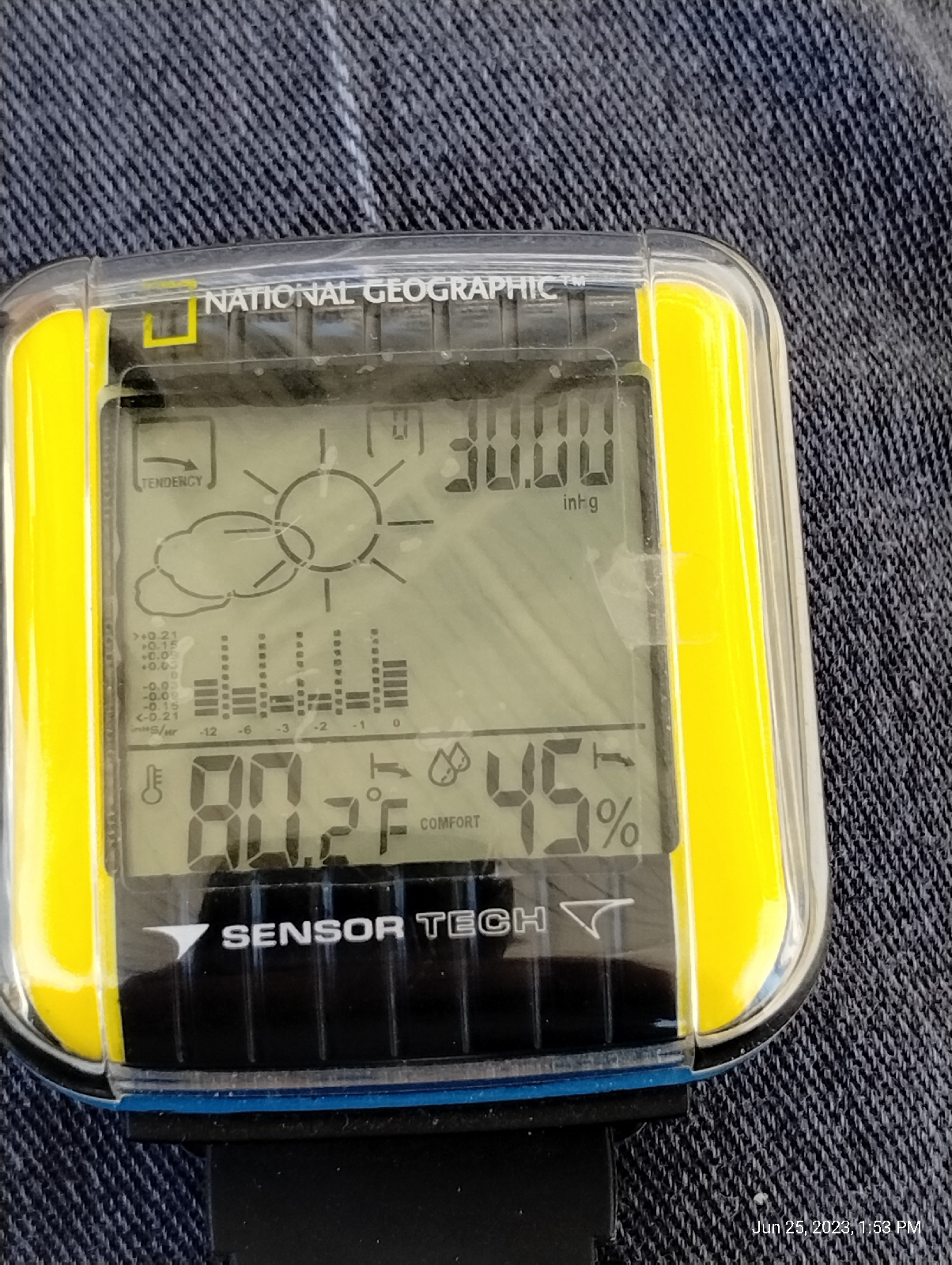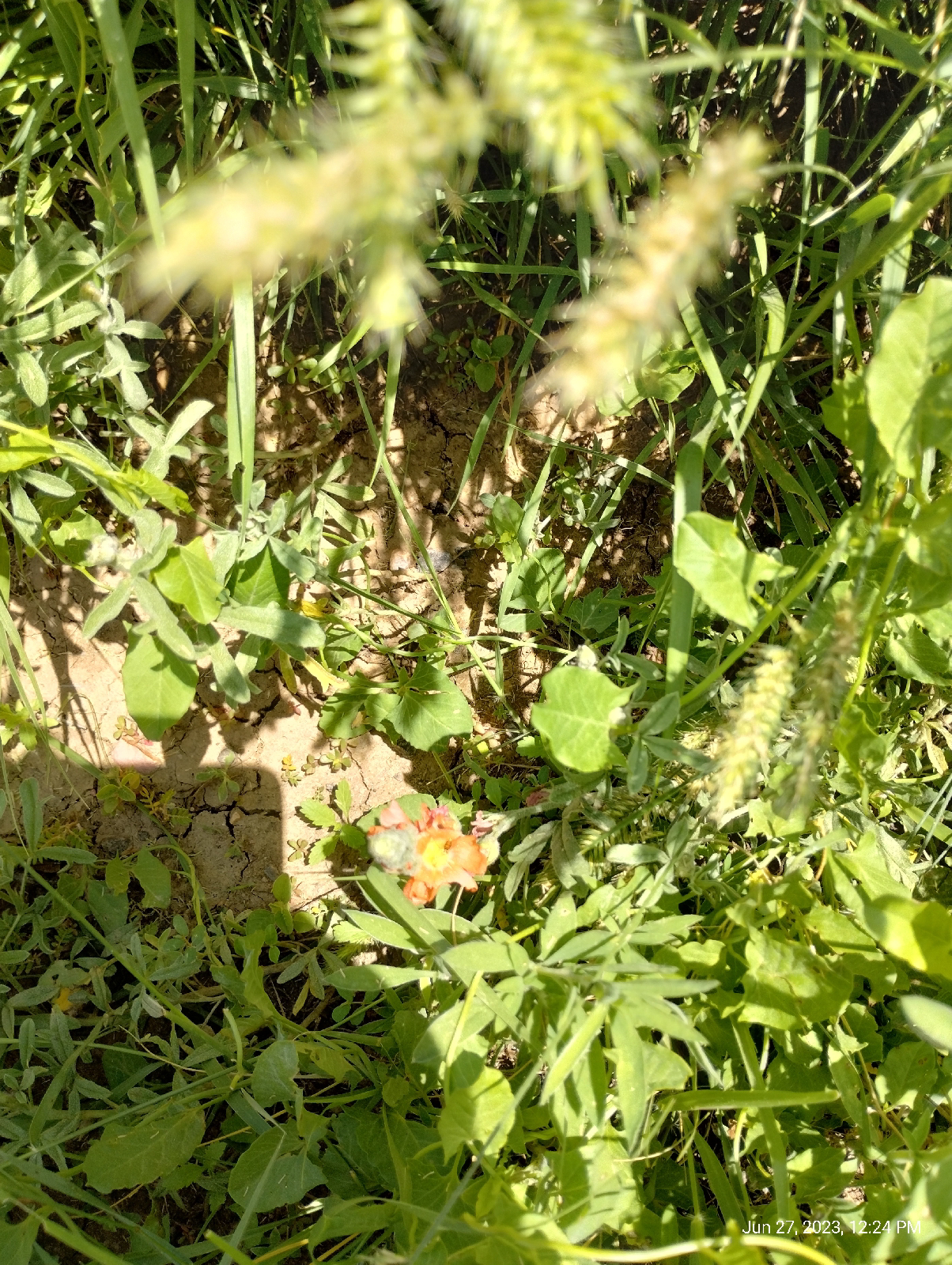A classical demonstration in chemistry courses illustrates some important differences between substances with different kinds of bonds between atoms. It's simple and inexpensive so I'll be including it in the Chemistry LabBook. I'll describe two setups. The first is the most commonly used in chemistry classes. I recommend the second for reasons I'll explain.
The usual arrangement has a regular incandescent light bulb connected in series with a power plug and two strips of metal separated by a gap. Power won't flow to the bulb unless the gap is bridged by some conductor, in which the light bulb will glow. The metal strips are mounted so they can be dipped into beakers of fluid.
Don't use this setup unless you know how to safely handle household power.
A much safer variation of the demonstration is shown above. In keeping with my theme of portable and inexpensive, I used two ChemPlate microchemistry reaction plates (made by Lab-Aids, Inc.) that could hold a dozen samples each. Instead of the lamp and electrodes wired to house current, I used a multimeter with an ohmmeter setting. The beaker is there for distilled water to rinse the ohmmeter leads between tests.
I used a DANSYS spreadsheet to collect the data. Here's a copy of the raw data
Notice that the hydrochloric acid was recorded twice. The second record is an error (circled in red). You can ignore that one .
First, let's look at what this demonstration is supposed to demonstrate.
All the physical and chemical properties of substances are produced by the outer electrons in their atoms. Their radiologic properties are mostly due to particles in the nuclei (protons and neutrons). The other electrons throw in some weirdness. (The reason that mercury is liquid at room temperature has to do with the fact that its inner electrons are moving around so quickly that relativistic principles come into play. Also, the inner electrons shield the outer electrons from the influence of the dense, heavy nucleus.) The outer electrons, significantly for this blog, are responsible for the way atoms bond to form compounds.
There are only a handful of types of bonds and, in inorganic chemistry, there are three main kinds - metallic, ionic and covalent and they can all form lattice type structures. Two other types become very important in organic molecules - hydrogen bonding and van der Waals attraction. These often dictate the shapes of big molecules like proteins, nucleic acids, and other polymers.
An ionic bond is pretty much all electrostatic charges. You might remember from high school science that like charges repel and opposite charges attract. The atoms of metallic elements like to lose electrons to form positively charged ions, and nonmetallic atoms tend to gain electrons to form negatively charged ions (electrons have negative charges.) The reason is a little complicated but the most stable arrangement for atoms is to have two or eight electrons in the outer level. As an example, sodium in table salt has a lone electron in it's outermost shell so it's happy to give that one electron up because it's next level down has eight electrons. That gives a sodium ion a charge of positive 1. Chlorine, on the other hand, has seven electrons in it's outer shell and tends to take an extra electron to finish the outer shell of eight electrons. That gives the chloride ion a charge of negative 1.
Opposite charges attract so each positive sodium ion and negative chloride ion is drawn together to neutralize the charges forming sodium chloride, or common table salt. In ionic bonds, an atom gives up one or more electrons which are taken up by another atom.
Covalent bonds are more complicated. In a covalent bond, atoms share their electrons. The outer electrons end up moving around multiple atoms.
In metallic substances, the outer electrons are held very loosely by the atoms and form an electron cloud that flows through the substance.
Many substances have very orderly arrangements of atoms and that's what I mean by "lattice". If you look at salt with a magnifying glass, you will notice little white or clear cubes. Salt forms cubes because its atoms stick together as cubes. Each sodium atom is surrounded by six chlorine atoms, and each chlorine atom is surrounded by six sodium atoms. Substances that bond as lattices form crystals.
Electrostatic attraction doesn't stick things together very strongly. Think about pulling sheets of paper that are sticking together with static apart. When electrons are wrapping multiple atoms together in covalent bonds, the resulting structure can be very hard to split apart. The hardest natural substance known, diamond, is covalent. So ionic substances tend to be softer than covalent structures.
Well... one of the softest natural substances, graphite, is also held together by covalent bonds. And the funny thing is that both diamond and graphite are pure carbon. The difference is that, in diamond, each carbon atom is completely surrounded by other carbon atoms, bound to it by covalent bonds. In graphite, the carbon atoms are in sheets. The sheets are layered and bound together by a very weak type of bond (again, electrostatic) called van der Waal attraction.
Ionic bonds are so weak that they can easily be pulled apart by the charged molecules in water. Most people know this as "solution". Covalent substances usually will not dissolve in water. An exception is alcohol.
Another difference between ionic and covalent compounds is that ions, charged as they are, can carry electrons. Water is a covalent substance and, contrary to popular understanding, is not a good conductor of electricity. If you want water to conduct electricity, just dissolve a little of an ionic substances, like salt, or some acid or base, in it.
Which brings us to our demonstration. We should expect ionic substances to be relatively soft and to conduct well in solution. Liquid covalent materials are not expected to conduct well although some covalent lattice substances are moderately good conductors. They also tends to be hard. Metallic substances with their free floating cloud of electrons are generally excellent conductors and tend to be soft when pure.
This spreadsheet has the substances sorted by bond types. It's easier to tell what's going on by sorting according to properties so let's look at electrical resistance.
I used an ohmmeter to measure the resistances of these substances so the units are ohms. There are other units for measuring resistance but ohms are most popular in electronics. They tell how much electric flow is slowed down while passing through a substance.
Think about water passing through a hose pipe. The pressure of the water is analogous to the voltage in an electrical circuit. The rate of water flow is analogous to current (measured in amperes.) If you crimp the hose, you will resist the flow of water. In a circuit, resistance resists the flow of electricity. Resistance is defined as voltage divided by current.
Unlike the classic demonstration, I included several solids in mine. The results seemed rather random. For instance, copper at 2.5x10^7 looks like it puts up an awful lot of resistance to electricity. Also graphite, which is a moderately good conductor, looks pretty bad here. I suspect the reason liquids are used in the classical demonstration is the difficulty in getting a good connection between the electrodes and solid substances
I shaded the cells for the liquids in blue and those substance behave nicely. The ionic materials in solution have low resistance and the covalent materials have high resistances.
Boy! I'm glad I didn't do that in front of a class!
Actually, if you ever plan to do a demonstration in front of people, practice it in private first.
The data. A nice thing about a spreadsheet is that you can sort the data. It can make it obvious if there are clusters. Spreadsheets are also fun to play with. If you don't have one, LibreOffice has a perfectly serviceable one and it's free to download. Check it out.














































































